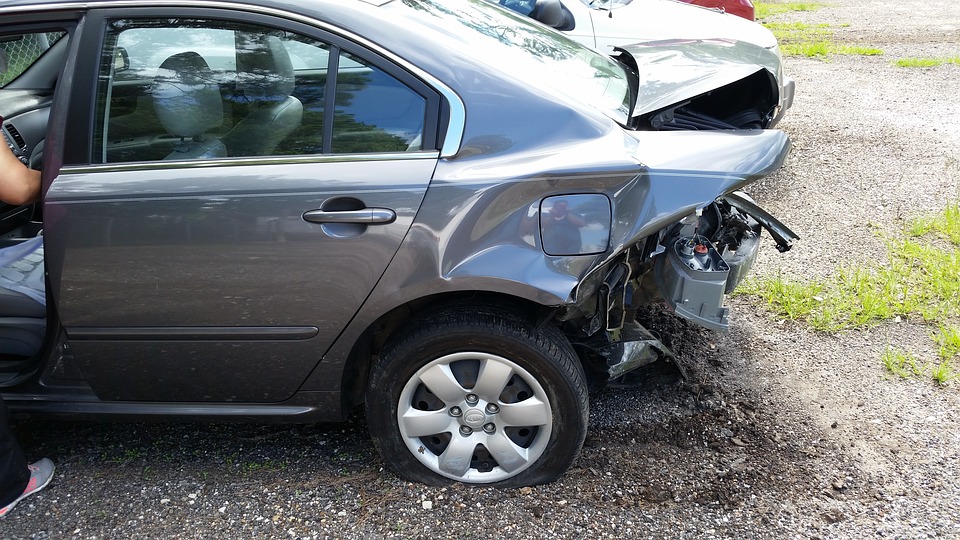Car Crashes Often Cause Shoulder Injuries in Texarkana
Shoulder area pain from a car crash is very common.
This post talks about what is commonly injured and the best types of treatment for shoulder injuries to get better in Texarkana.
Studies have shown that as high as 53% of people involved in motor vehicle collisions have shoulder complaints.
I’ve seen thousands of people in Texarkana injured in an accident and my experience is close to this number.
A lot of the people, 50% plus are experiencing shoulder pain when they first come in to my office for treatment.
Shoulder area pain is very common.
The question is what is causing your shoulder pain?
It’s important to be properly evaluated by a someone that understands both car accidents and shoulder injuries after an accident.
It’s not always the shoulder that is causing shoulder area pain.
Many different structures can cause shoulder area pain ranging from various types of neck injuries to upper back injuries to rib problems, shoulder problems, and more.
Very often more than one of these structures are injured with a major trauma like a car accident.
We’ll consider primarily the shoulder in this post, but all the other structures need to be evaluated as well.
It’s easy for any doctor to miss an injury unless they spend enough time to find out how the injuries occurred.
There’s more to it than just understanding it was a car accident – speed(s) of vehicles involved, angles of impact, position in car, seat belt use / position, your size, striking the interior, and much more.
Going through these things gives the right doctor the information they must have to understand what happened.
The examination of your injuries takes time.
The health care provider must spend enough time with you to evaluate all the structures I mentioned above and more in order to determine what is causing your pain.
Sure sometimes an injury is hard to miss.
You may have broken your arm for example… but even in those cases it’s important to evaluate everything else or some injuries will very likely be missed.
In the case of the broken arm, your arm might be hurting so badly that you don’t notice other injuries.
Here’s the problem though, your arm may heal without complication but the other injured soft tissues may not.
These other injuries may cause pain for the rest of your life. This is why it’s so important to properly evaluate someone after an accident.
Let’s face it. The doctor’s in the ER can’t spend the time to do a very thorough consultation and examination of everyone.
They have to get to more life threatening problems.
Back to the Shoulder!
The shoulder is a complex structure.
It’s very mobile and this mobility puts it at risk of injury.
The shoulder is composed of several joints that must work together. This includes the glenohumeral, acromioclavicular, sternoclavicular and scapulothoracic areas.
All of these parts of your shoulder need to be evaluated in order to determine the injuries and therefore proper treatment.
These areas are supported by many muscles, tendons, nerves, ligaments and other connective tissue structures that are very vulnerable to injury in an accident.
The most common injuries encountered involve the rotator cuff musculature because of it’s position, relatively weak strength, and it’s purpose to help stabilize a very mobile joint.
The cartilage of the shoulder between the ball and socket type join can also be injured fairly commonly (this would be called the glenoid labrum on an MRI).
During a collision your body gets thrown around, often violently.
I’ve been to seminars that had accident simulators where a large sled would strike a person in a car from behind at various speeds.
In real time, it’s hard to see what happens.
Watching the collision back in slow motion is a real eye opener. Often the occupant is really violently thrown around even at slower speeds.
Various parts of your body move at different times that might compress or tear different tissues.
Seat belts may contribute to injury by causing a rotational force. Not wearing a seat belt can also commonly result in shoulder injuries when you hit the steering wheel or other parts of the vehicle’s interior.
The pain after an accident is not always immediately felt.
In fact, it’s very common to feel increasing problems over the first week or two after a collision.
A thorough and complete history of what happened with an appropriate exam will usually determine what is causing your pain and what to do next for treatment.
Your injuries might need additional imaging ranging from x-rays to MRI or other testing that we can order.
Treatment can range from various types of physical treatment including various types of therapy to rehabilitation, and/or other types of chiropractic care that we do in our office.
Dr. Hagebusch has treated thousands of shoulder injuries and shoulder pain complaints in Texarkana. Often he can take care of your problem in his office.
You may also need a referral to another specialist like an orthopedist that we can make for you.
This is why it’s very important to follow up with an experienced chiropractic doctor that can properly evaluate your injuries after a car accident in Texarkana.
 Protected by Patchstack
Protected by Patchstack
Leave a Reply